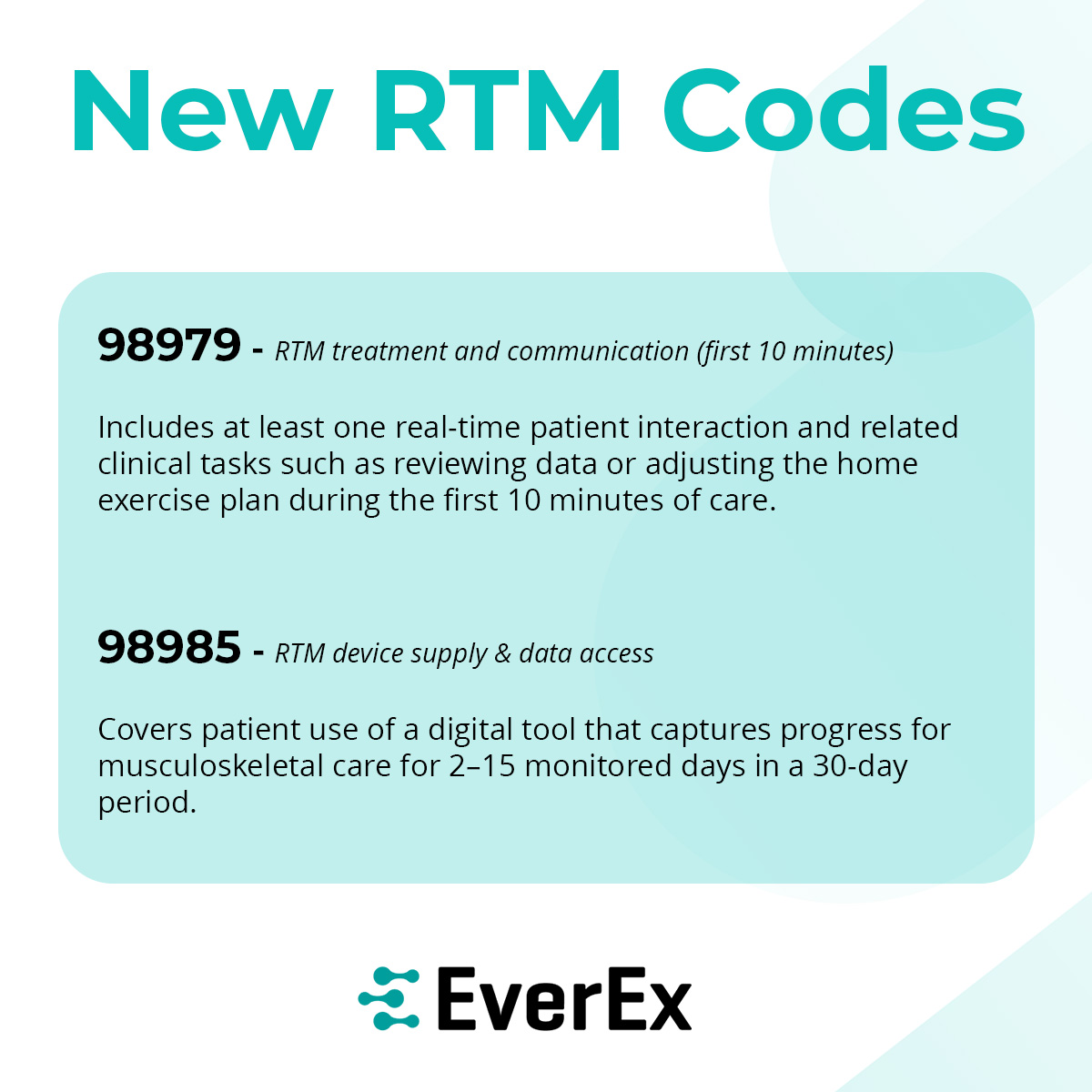
September is Pain Awareness Month and a reminder that millions of people live with chronic or recurring pain every day, according to the CDC. For too long, patients have had limited access to effective tools to support and manage their pain. They are left to navigate their own pain and uncertainty between clinic visits. Luckily, Remote Therapeutic Monitoring (RTM) is changing that story.
The Challenge of Pain Management Today
Chronic pain affects nearly one in five adults in the United States. It disrupts quality of life, reduces productivity, and drives significant healthcare costs. Though its prevalence in the nation, pain management and care remains fragmented.
Unfortunately, patients within traditional treatment models rely on in-clinic appointments that may only occur once a week. Once they leave the clinic, they are expected to manage and track their activity and progress with little accountability or real-time feedback. This multi-day gap leads to disengagement, missed exercises, and higher risk of setbacks, ultimately resulting in more or mismanaged pain. For providers, the lack of insight between visits makes it difficult to tailor treatment plans or intervene before problems escalate.
Patients need more than just appointments. They need tools that extend care beyond the clinic and into their daily lives.
What RTM Brings to the Pain Journey
Thanks to RTM,providers have visibility into patients’ progress outside of the clinic. Patients record severity, track adherence, and engage with educational content all from the palm of their hand. That data then flows back to the provider, creating a continuous loop of communication, leaving little to no room for lack of awareness of activities.
For patients, it’s about more than technology. It’s about having a succinct and effective way to engage in their recovery every day. RTM empowers them and helps them recognize patterns, stay consistent, and understand the connection between their activities and outcomes.
For providers, RTM creates a clearer picture of the patient experience, and eliminates waiting for the next appointment to discover challenges. The communication and engagements between appointments allows providers to intervene early and adjust care plans in real time.
Empowering Patients Through Engagement
The power of RTM truly lies in its ability to transform patients from passive recipients into active participants in their care and recovery. Pain can feel overwhelming, especially when progress is slow, but with RTM, patients are able to see that their efforts matter, and even the smallest engagements are steps toward a pain free life.
By giving patients that sense of ownership, it builds confidence and continued engagement. They are more likely to adhere to their treatment plan, communicate about setbacks, and feel connected to their physical therapist. RTM also reinforces the connection between mental and emotional health and pain. When patients feel supported and in control, they are less likely to become discouraged or stop their care plan.
When Awareness Turns into Action
Awareness is the first step, but patients and providers need actionable tools to make progress. RTM is one of the most promising solutions available today because it bridges the gap between clinic and home.
RTM improves more than outcomes. It improves the overall experience of care. Providers gain the insights they need to deliver more personalized care while patients feel more heard and supported at the same time.
At EverEx, we believe that empowering patients through engagement is the key to better outcomes. By combining innovative technology with clinical expertise, we make care and pain management more collaborative, proactive, and effective.
Pain Awareness Month is not just about acknowledging the burden of pain. It is about advancing solutions that restore dignity, function, and quality of life. Let’s go beyond recognition and focus on solutions that change lives.
Learn more about how EverEx helps providers and patients take control of the pain journey.
What's happening
Our latest news and trending topics



.jpg)